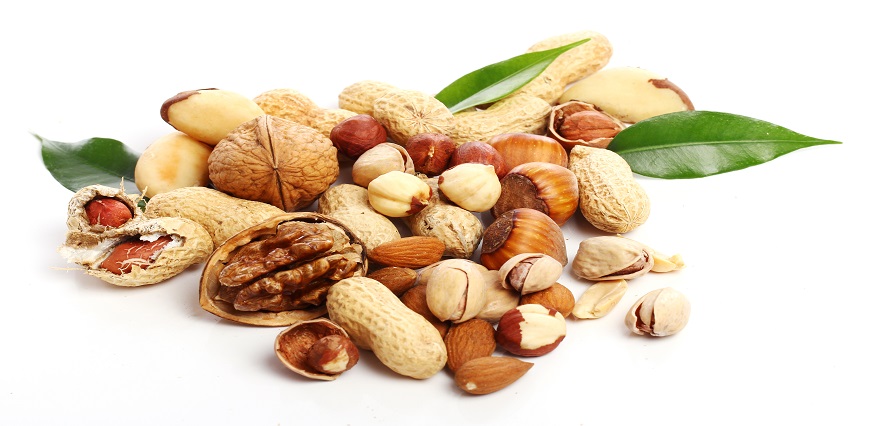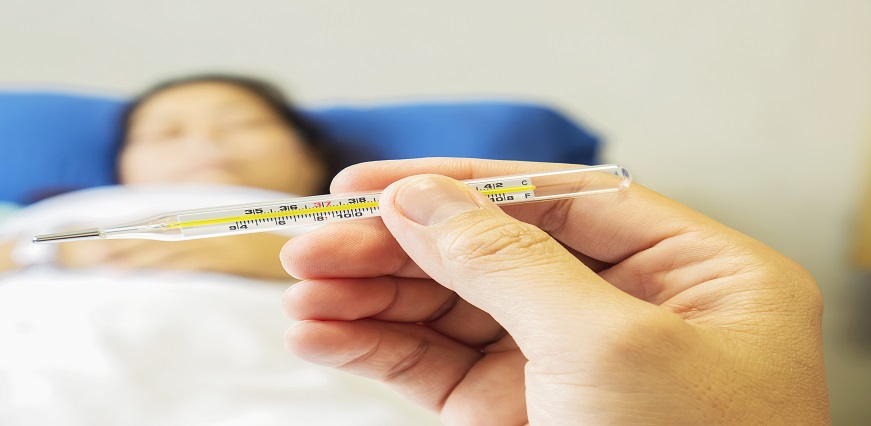





No lab centers are available in this city

Max Lab
Apr 17, 2023
Are you tired of experiencing sugar crashes and constantly feeling hungry after meals? It may be time to incorporate more low glycemic foods into your diet. These foods have a lower impact on blood sugar levels, providing sustained energy and keeping you fuller for longer periods of time. Not only that, but they also offer numerous health benefits such as reducing the risk of chronic diseases. In this blog post, we'll explore what low glycemic foods are, their benefits, the best ones to eat and how to easily add them into your daily routine. Get ready to revamp your diet with these delicious options!
Low glycemic foods are those that have a lower impact on blood sugar levels compared to high glycemic foods. This is because they have a slower rate of digestion and absorption, resulting in more gradual increases in glucose levels.
Foods are given a glycemic index (GI) score based on how quickly they raise blood sugar levels. Low GI foods typically have a score of 55 or less, while high GI foods have scores of 70 or higher.
Some examples of low glycemic foods include non-starchy vegetables like broccoli, carrots, and spinach; fruits such as berries, apples, and oranges; whole grains like quinoa and brown rice; legumes such as lentils and chickpeas; nuts like almonds and walnuts; dairy products like Greek yogurt and milk alternatives such as soy milk.
Low glycemic foods have gained popularity in recent years due to their numerous health benefits. One of the main advantages is that they help regulate blood sugar levels, preventing spikes and crashes which can lead to energy crashes and mood swings.
Eating low-glycemic foods also helps control appetite by keeping you feeling fuller for longer periods of time. This makes it easier to maintain a healthy weight and reduces the risk of obesity-related diseases such as type 2 diabetes, heart disease, and certain cancers.
Low glycemic foods are also rich in nutrients such as fiber, vitamins, minerals, and antioxidants. These essential elements play a key role in boosting immune function, reducing inflammation throughout the body and promoting overall wellness.
Furthermore, consuming low-glycemic foods has been linked with improved cognitive function. Studies suggest that following a diet rich in these types of food may improve memory retention and mental clarity.
When it comes to incorporating low-glycemic foods into your diet, there are plenty of options to choose from. Here are some of the best low-glycemic foods that can help keep your blood sugar stable:
Incorporating low glycemic foods into your diet doesn't have to be difficult or restrictive. Here are some tips to get you started:
Incorporating low glycemic foods into your diet can have a significant impact on your overall health and well-being. By choosing foods that are slower to digest and release sugar gradually into the bloodstream, you'll be able to maintain stable blood sugar levels throughout the day.
So why not give it a try? Start small by making one or two changes at first – switch white bread for whole grain bread or sweetened drinks for water – then gradually incorporate more low glycemic options into your meals until it becomes second nature. Your body will thank you!
With our offerings in line with government-mandated prices, Maxlab offers full body checkup packages that cover an exhaustive list of tests for a comprehensive diagnosis of your health. Choose from a range of health test packages based on your needs.












Sign up takes less than 60 secs and gives you access to your offers, orders and lab tests.
Looks like you are not registered with us. Please Sign up to proceed
OTP will be sent to this number by SMS
We have successfully received your details. One of the agents will call you back soon.
 To reach our help desk call 9213188888
To reach our help desk call 9213188888
No Lab Centers are available in this city
Looks like you are not registered with us. Please Sign up to proceed
OTP will be sent to this number by SMS
Not Registered Yet? Signup now.Looks like you are not registered with us. Please Sign up to proceed





 7982100200
7982100200.png)
Comments